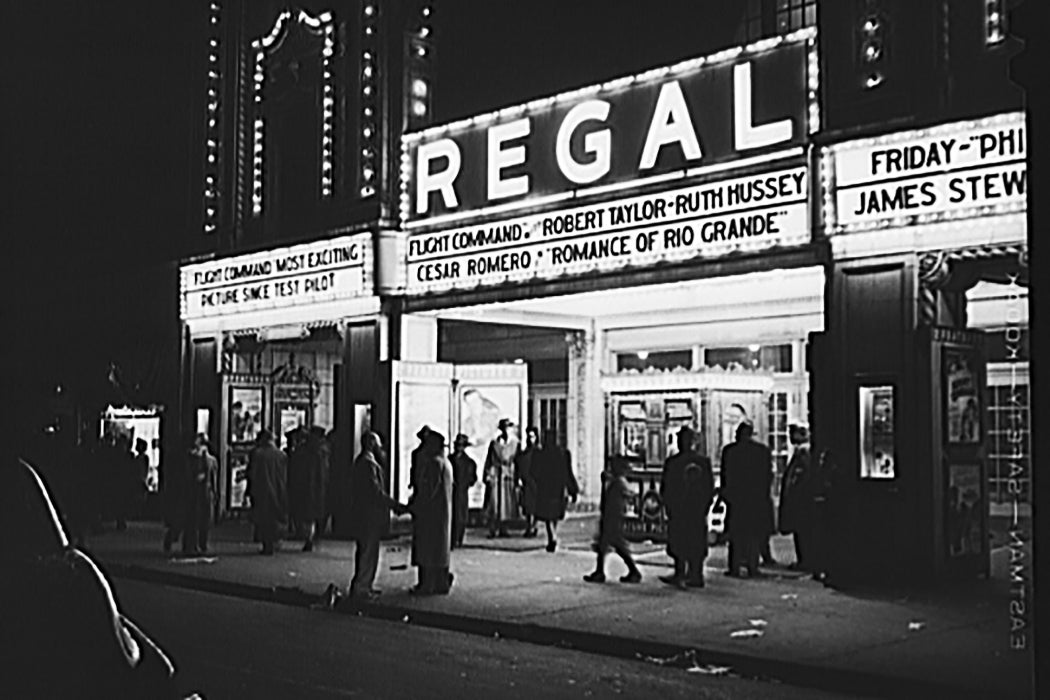When broadcast television debuted in the United States, it made quick work of the movie industry. Within just years, huge studios had closed and many of the best actors had migrated to the small screen. Ironically, it was movies that helped accustom American viewers to television in the first place, writes Richard Koszarski.
Koszarski tells the story of television portrayed in movies back before World War II. At the time, television was still a niche novelty, unavailable to the average person. But for filmmakers—especially those making science fiction—it provided tempting fodder.
“Before the invention of the concept of broadcasting,” writes Koszraski, “it was anyone’s guess as to how television might work, or what it might be good for.” Legendary George Méliès toyed with visions of the medium in 1908, even before the concept had been proven by Georges Rignoux, who first demonstrated the live transmission of images in 1909. Inspired by Rignoux’s experiments, Méliès’ film La photographie électronique à distance (Long-distance wireless photography) shows an inventor transmitting images of dancing girls on a screen to delighted, then horrified viewers to comic effect.
As the concept became more feasible, large movie studios got in on the TV game. In a 1925 movie called Up the Ladder, Universal Studios portrayed the inventor of the “Tele-Vision Phone.” Using his futuristic TV, the inventor proposes to his wife—and is caught cheating on his wife. “Right from the start,” notes Koszarski, “the movies understood that this new technology might bring with it a new set of problems all its own.”
Picturephone parodies and dark explorations followed, and fantastical “televisions” were soon being used as the weapons of supervillains, the surveillance tools of wicked titans of industry. Eventually, even the business of inventing and selling TV made its way into the movies.
Over time, movie screens became screens on which anxieties and debates about the medium itself were projected. Moviemakers imagined how national broadcasting systems might be achieved, how TV might make its way into American homes, and how the medium might learn from radio.
For Koszarski, the strangest facet of these on-screen ruminations on TV’s meaning is the fact that television broadcasting didn’t even exist yet. Filmmakers seemed to anticipate not just the importance of TV, but the technical and societal developments that would help make it ubiquitous. And that, in turn, raises questions about which kinds of technology we’re predicting—and preparing for—right this minute.







